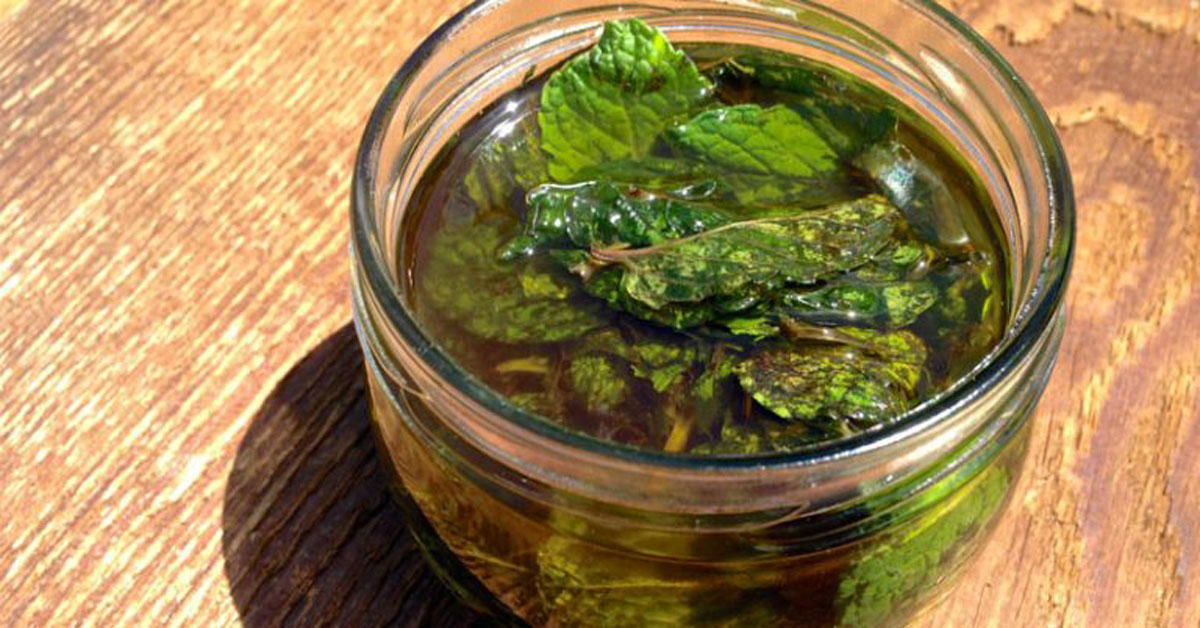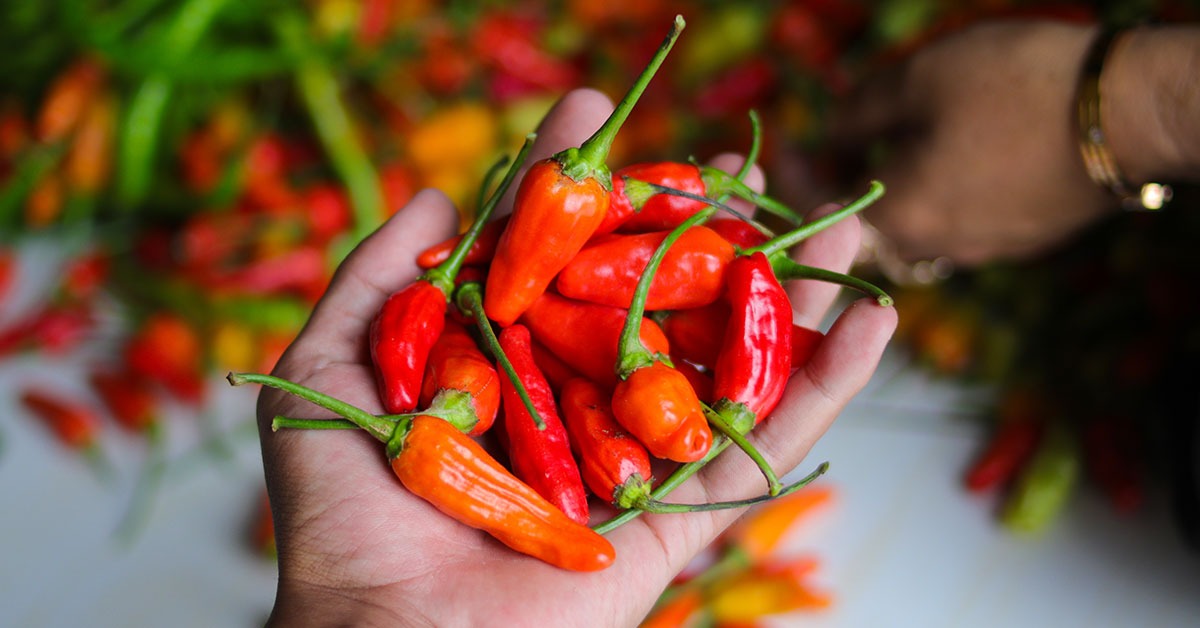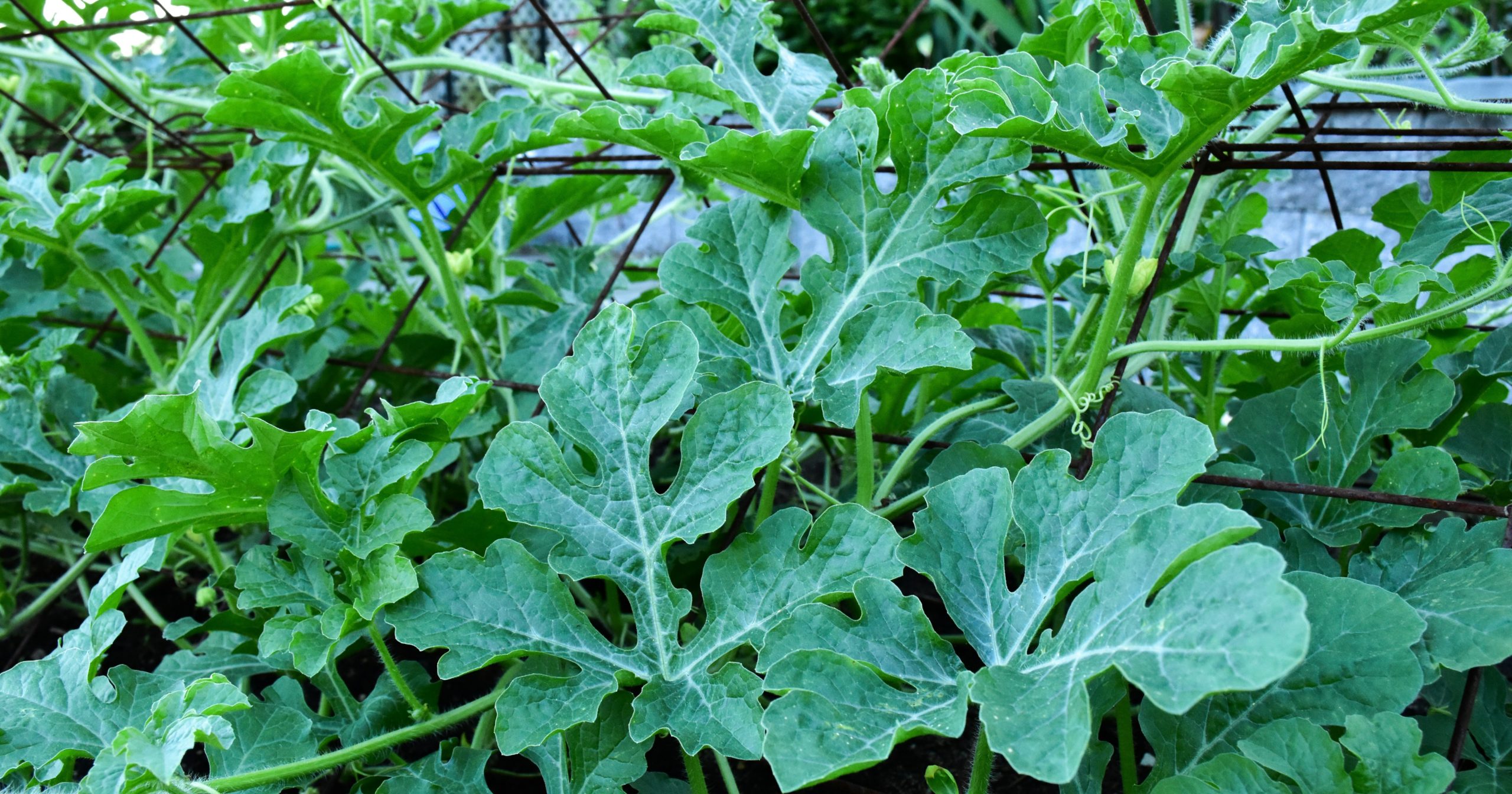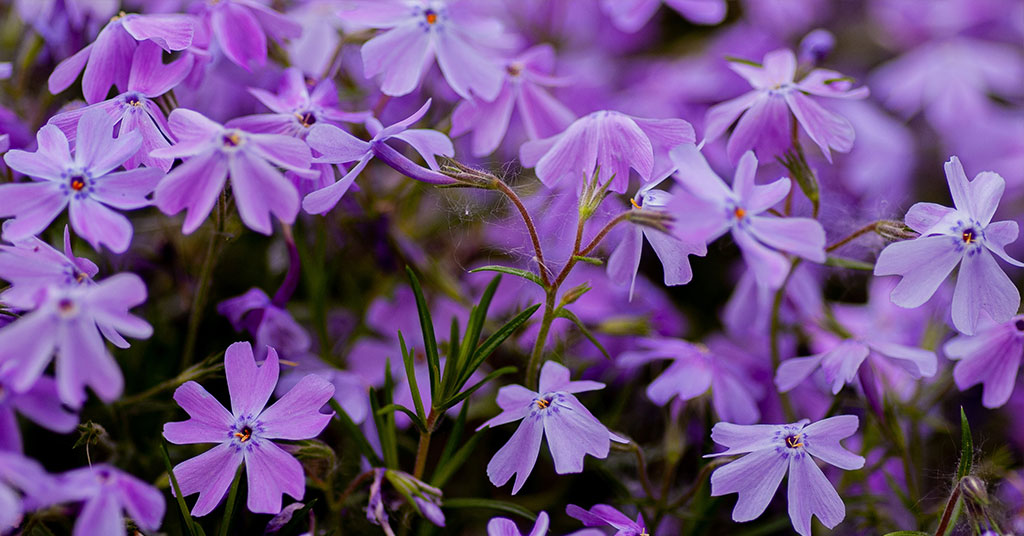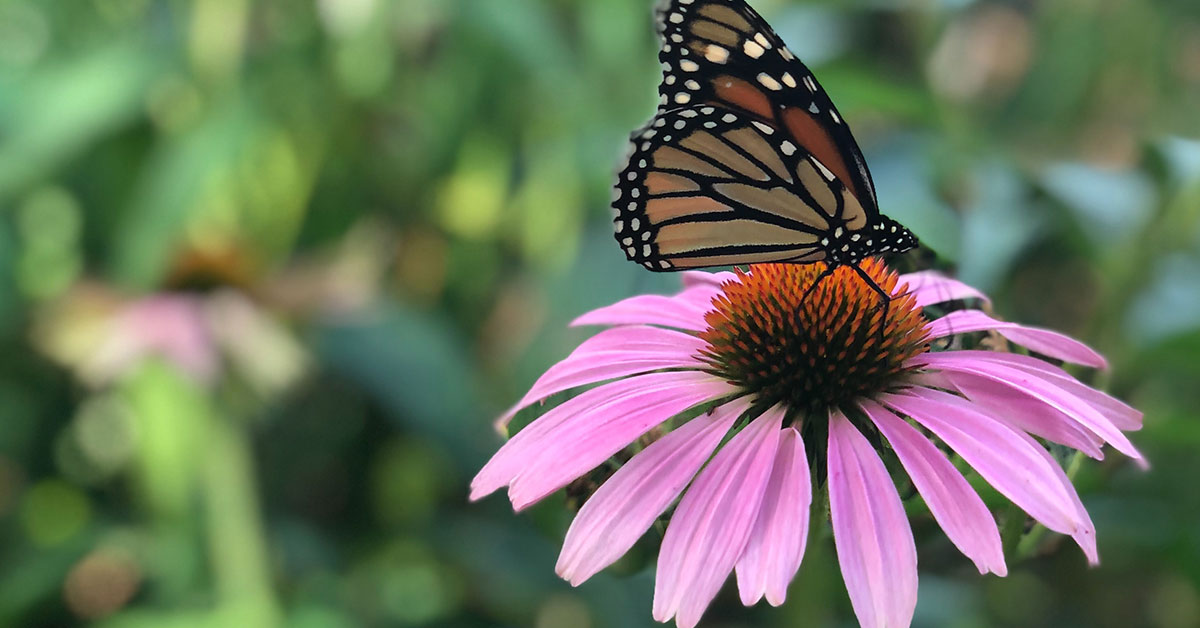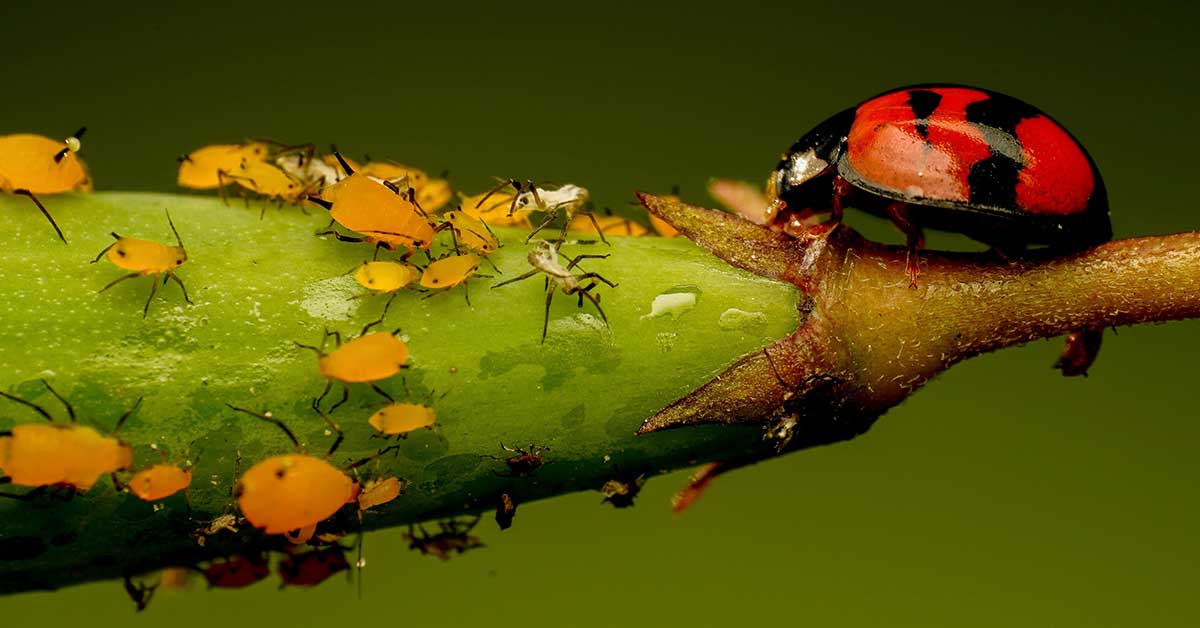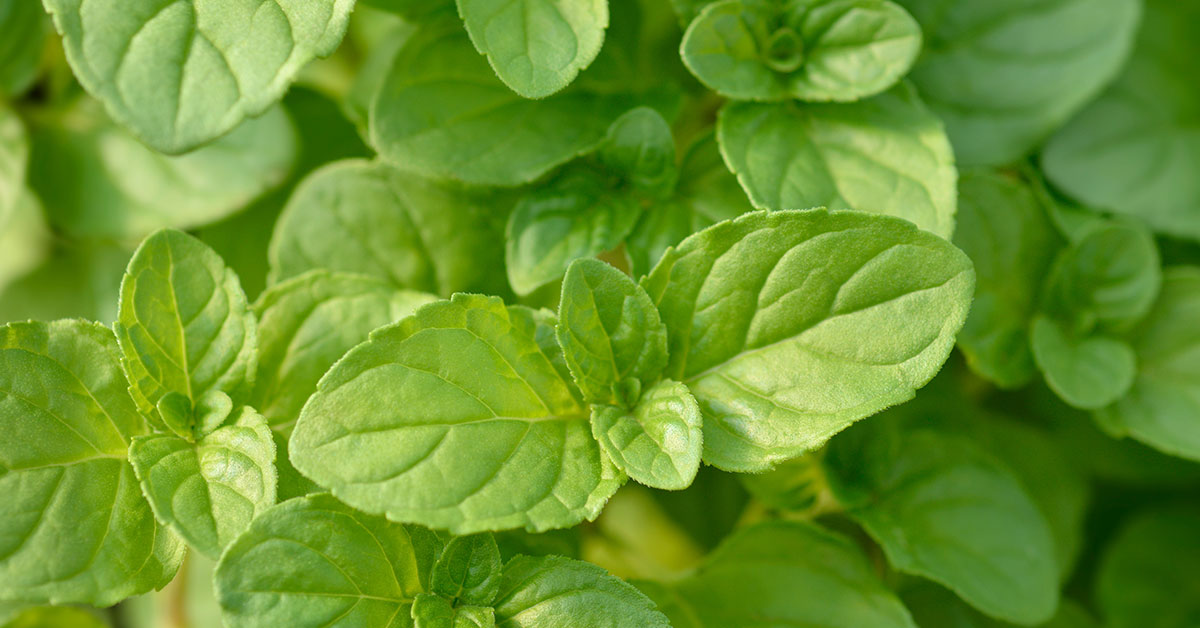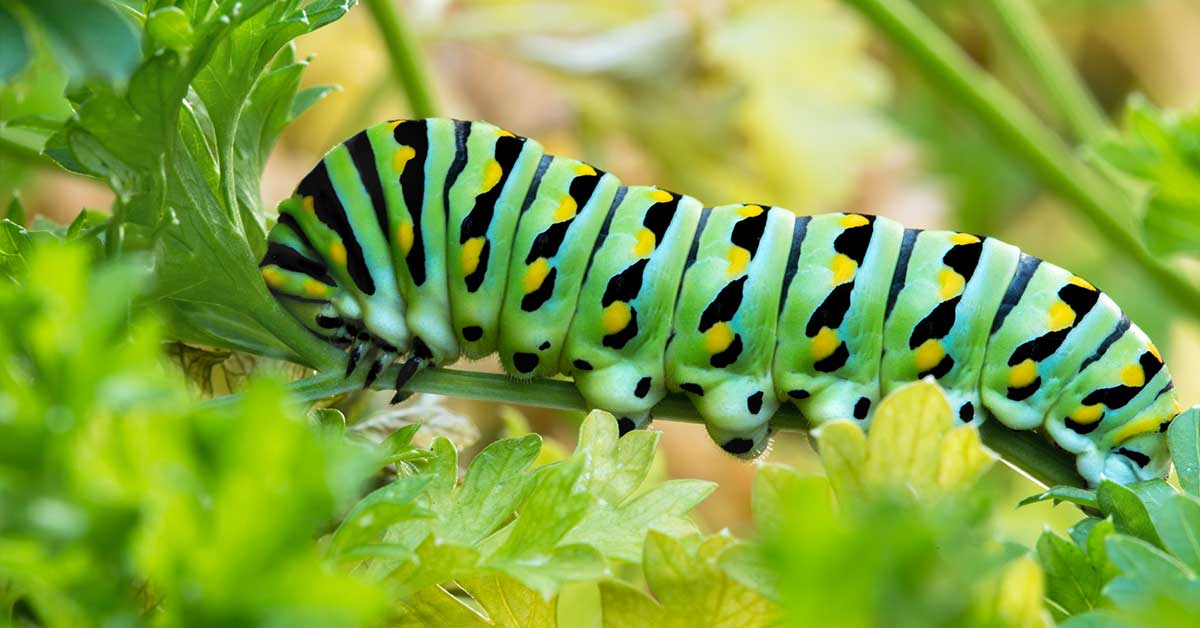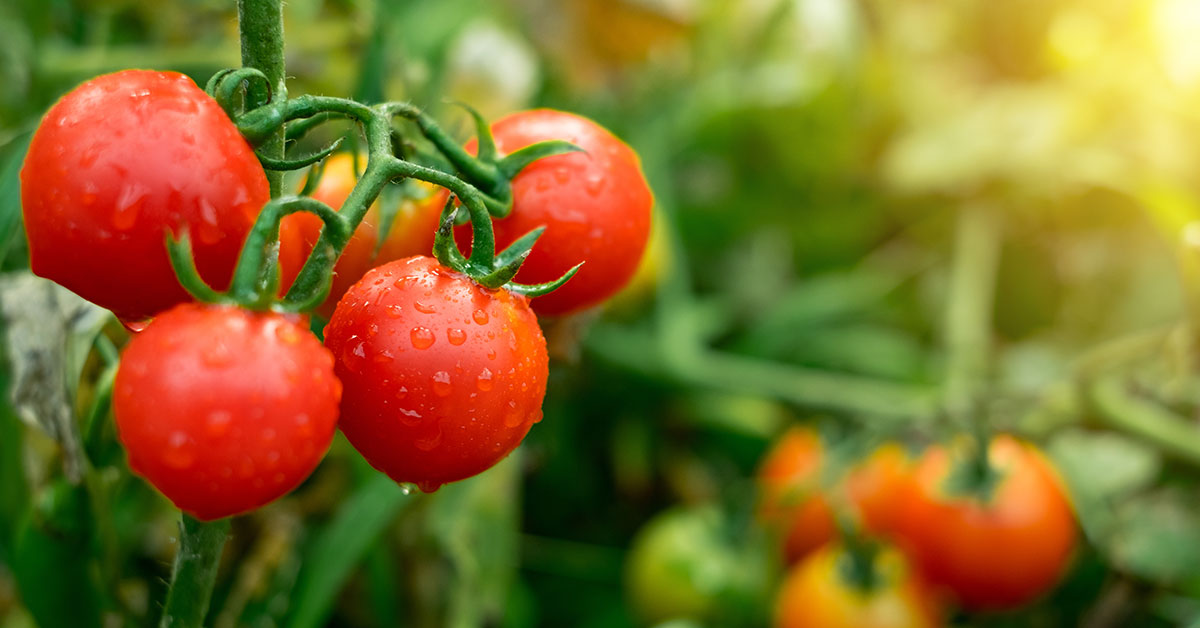Mint oil has a number of uses––it can be used to add a minty flavor to drinks, add mint flavor to food such as chocolates and icing. In this article, we will cover how to make peppermint oil from a peppermint plant that you’ve grown at home.
What You’ll Need To Make Peppermint Oil
- Dried mint leaves & 90–120 proof grain alcohol or fresh mint leaves & 180–190 proof grain alcohol
- Sealable jar
- Strainer
- Brown glass container
- Eyedropper
How to make peppermint oil
There are 5 quick and relatively easy steps for making peppermint oil. You’ll find that once you get the hang of it, the process is simple and the results are awesome.
Step One: Select a Liquid to Use in Extraction
Vodka, or another high-proof grain alcohol, is perfect for this, since it has both water and alcohol to dissolve the oils. While cider apple vinegar or glycerin can be used instead, the final tincture will be much less strong and have a shorter shelf life. Homemade tinctures, just like vanilla extract you would buy in a store, are normally used in such small doses that the alcohol does not have a noticeable effect.
For dried mint leaves, use vodka containing 45–60% alcohol (90–120 proof).
For fresh mint leaves, since they already contain water, use vodka or Everclear with 90–95% alcohol (180–190 proof).
Step Two: Chop or Bruise the Mint Leaves
Chop a bundle of fresh mint leaves into two or three pieces, or mash the leaves with a clean cup base, so more oils will be exposed to the liquid. Dried mint leaves can be crumbled by hand instead, or left mostly whole.
Wash fresh mint leaves before chopping.
There’s no need to remove the stems, but throw away any slick or dark leaves, as these may be rotting.
Step Three: Pack the Mint and Liquid into a Sealable Jar
Stuff the jar with mint, leaving as little as ½ inch (1.25 centimeters) of space if you want the option for a stronger tincture. You may use a smaller amount of mint leaves if you like, but you may end up with a less aromatic or flavorful result. Once the mint is in, pour the alcohol or other liquid into the jar, completely covering the leaves. Close the lid of the jar tightly.
The leaves may float at first. You can try to push them down with a spoon, but they should sink on their own after a few days.
Step Four: Let the Jar Sit for Several Weeks, Shaking Occasionally
The exact length of time simply depends on how strong you want your tincture to be, but it usually takes between four and eight weeks. Most people prefer to store the jar in a dark place, since sunlight could lower the tincture shelf life. Once or twice a week, shake the jar for a couple minutes to speed up the dissolving process.
You can taste a drop of the mixture to decide whether it’s strong enough for you.
Step Five: Strain the Liquid into a Brown Glass Container
Pour the liquid through a coffee filter to remove the leaves and sediment. Store the tincture in a brown glass container to protect it from sunlight and increase its shelf life. It can last for six months or more, although it may lose its potency gradually.
If the tincture has a vodka smell to it, or isn’t as strong as you would like, leave the jar out for another with a fresh coffee filter or cloth over the lid. Some of the alcohol will evaporate.
Uses for peppermint oil
Once you have your peppermint oil in hand, it’s time to put it to work! There are a few really awesome uses for peppermint oil. These are some of my favorite.
Add a Couple Drops to Hot Drinks
Stir one to three drops into hot chocolate, hot water, or herbal tea. If your tincture is weak, you can add more. This adds up to an insignificant amount of alcohol, so don’t worry about getting tipsy.
Drinking peppermint can help with some forms of indigestion, but avoid it if you have acid reflux (heartburn), or a hernia.
Flavor Your Baking Recipes
Roughly 1/2 tsp (2.5 mL) of your mint extract is enough to flavor a pan of brownies, or a batch of fudge or meringues. You may need to experiment with the amount used, since homemade tinctures vary in strength. For some recipes, such as frosting, it’s easy to mix in a little at a time and test by taste.
Repel Insects
Peppermint extract can repel ants, spiders, flies, and moths, but has little effect on mice or rats. Dampen cotton balls with the tincture and place them around the area where pests were found. Replace the cotton balls once or twice a week.
Keep the cotton balls out of reach of pets.
Dilute it With Oil to Use on Your Skin
Mix a few drops in sweet almond oil, olive oil, shea butter, or any other skin-safe oil to make a salve. Rub it onto your chest to help with congestion, or to sore muscles or joints. Rub it onto your forehead and temples to help relieve pain from headaches.
Some extra tips
For the highest content of oils in plants, pick them around 10 am, after the dew is gone, but before the sun gets too hot.
If sediment appears in your tincture, strain it a second time through a coffee filter.
– This recipe makes a tincture, which is not as strong as an essential oil. Essential oils are usually made using a lengthy process of distillation by steam, not viable for the average home.
Things to consider about your home made peppermint oil
- The tincture may stay fresh up to one year, but it is recommended to use it within 6 months.
- Use the tincture only in small quantities.
- Never use any alcohol that is not safe to consume. Even if you do not plan to use the tincture for consumption, isopropyl or rubbing alcohol will leave a strong, unpleasant odor.
- Never rub mint onto a child’s face, as it may affect breathing.
Keep Reading: How To Grow Mint From Cuttings
